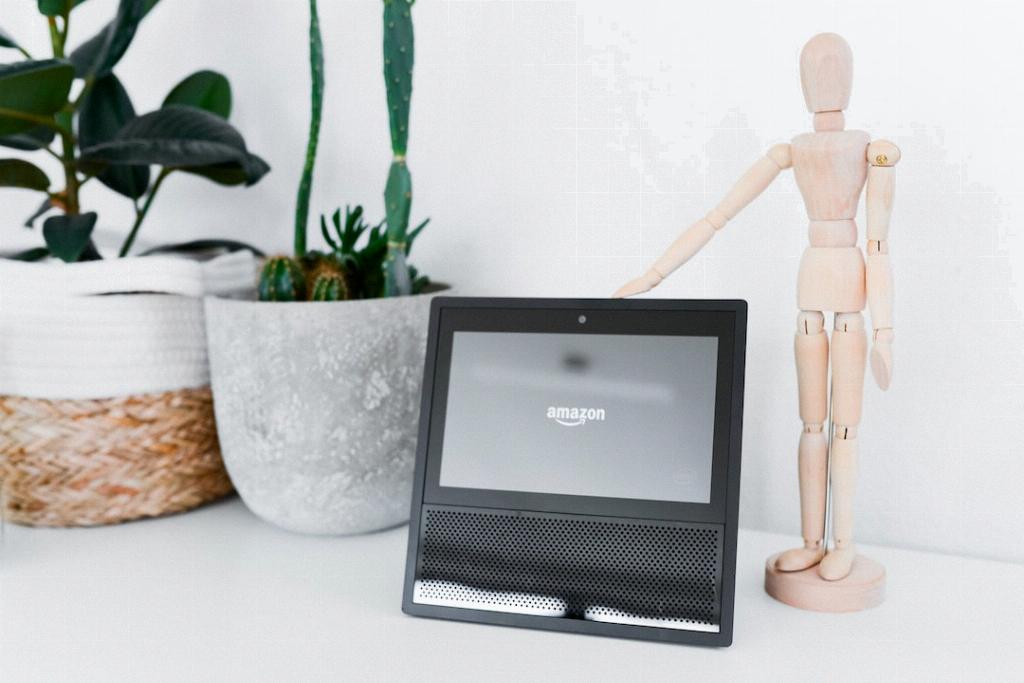Many users of Alexa-enabled devices have likely encountered the distinct ‘bing bong’ noise that emanates from the smart assistant. This quirky sound has puzzled and intrigued users, leading to the question of why Alexa emits such an unusual noise. The answer lies in the design and functionality of the device, as well as the need for effective user feedback.
Mode Indication
The ‘bing bong’ noise serves as a mode indication for Alexa, signaling different states of operation. Whether it’s the commencement or conclusion of a listening session, a confirmation of a user command, or an alert about notifications, the distinct sound helps users understand what state or action Alexa is undertaking.
User Interaction
Alexa’s auditory feedback, including the ‘bing bong’ noise, enhances user interaction with the device. By providing audible cues, Alexa creates a more natural and intuitive communication channel with users. This feature makes it easier for individuals to understand and respond to prompts from the smart assistant.
Notification System
One crucial function of the ‘bing bong’ noise is its role in the notification system of Alexa. When there are messages, reminders, or alerts for the user, Alexa uses this sound to draw attention and deliver important information. The audible notification ensures users are informed promptly and effectively.
Distinctive Identifier
The unique sound of the ‘bing bong’ noise acts as a distinctive identifier for Alexa among other smart devices. Rather than using generic beeps or tones, Alexa’s designers opted for a more memorable and recognizable noise, making interactions with the device more engaging and personalized.
Feedback Loop
Through the ‘bing bong’ noise, Alexa creates a feedback loop that informs users of their actions and the device’s responses. This real-time feedback mechanism is crucial for user experience, as it reinforces the connection between user input and Alexa’s output, enhancing the overall interaction.
Implementation Strategy
The decision to incorporate the ‘bing bong’ noise into Alexa’s design reflects a deliberate implementation strategy centered on enhancing user engagement and comprehension. By using sound as a tool for communication, Alexa bridges the gap between humans and technology in a more accessible way.
Evolutionary Design
The evolution of Alexa’s design, including the introduction of the ‘bing bong’ noise, showcases the ongoing efforts to improve the user experience and make interactions with the device more seamless. This iterative design approach highlights the adaptability and responsiveness of Alexa’s developers to user needs.
Emotional Response
The ‘bing bong’ noise elicits an emotional response from users, adding a touch of personality and charm to the interaction with Alexa. By infusing the device with unique auditory cues, Alexa becomes not just a functional tool but a companion that users can engage with on a more personal level.
Accessibility Feature
For users with visual impairments or those who prefer auditory feedback, the ‘bing bong’ noise serves as an essential accessibility feature. By leveraging sound as a means of communication, Alexa ensures that all users, regardless of their sensory preferences, can interact effectively with the device.
Future Innovations
As technology continues to advance, the ‘bing bong’ noise may undergo further enhancements or variations to meet the changing needs of users. Future innovations in smart assistant design may introduce new sounds or functionalities, but the core principle of effective communication through sound will likely remain.

Conclusion
In conclusion, the ‘bing bong’ noise from Alexa serves a pivotal role in enhancing user interaction, providing feedback, and facilitating communication between users and the smart assistant. This distinct sound not only signifies different modes of operation but also reflects the thoughtfulness and creativity embedded in Alexa’s design. As technology evolves, the ‘bing bong’ noise stands as a testament to the importance of effective auditory feedback in shaping the user experience.
